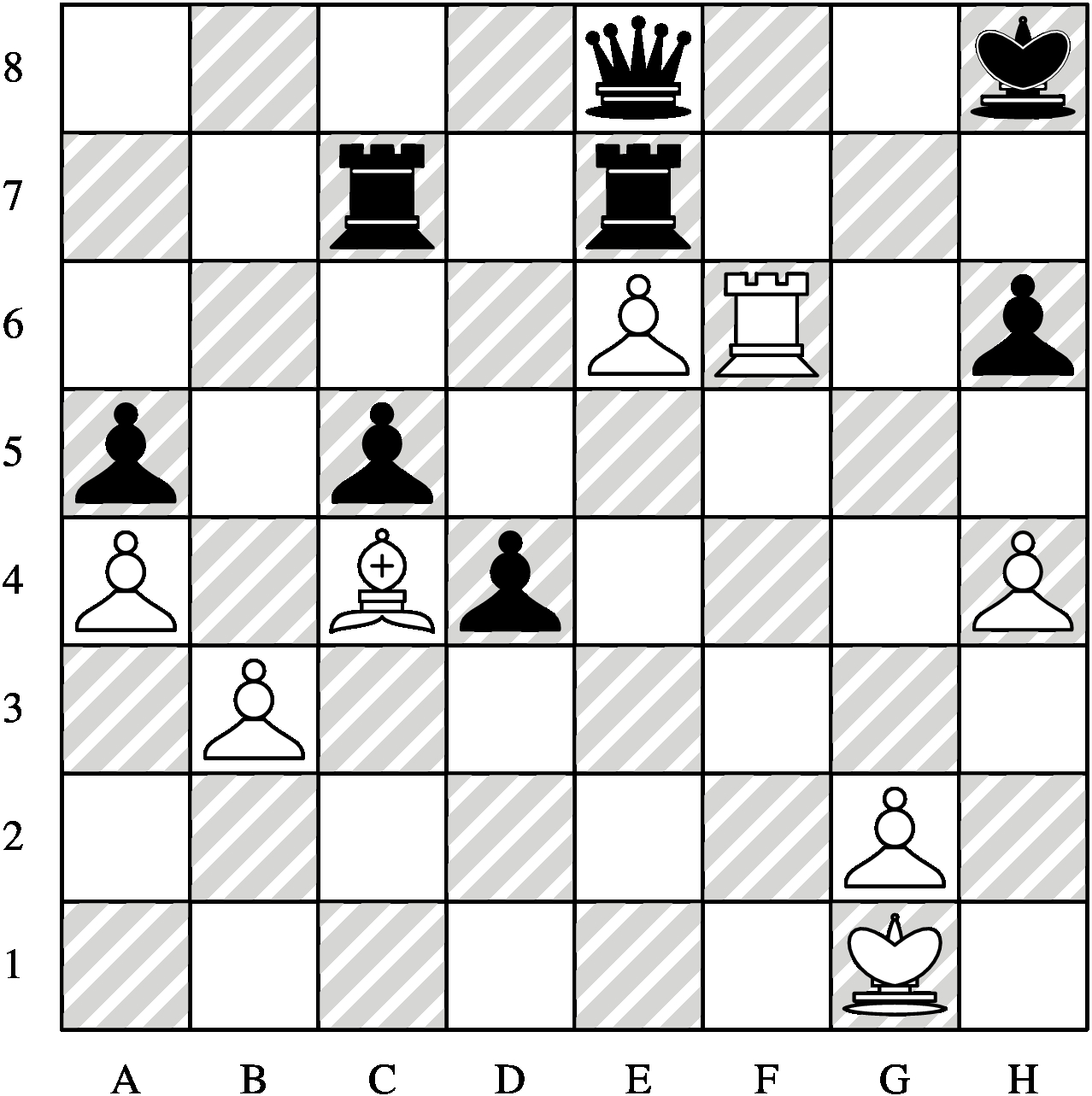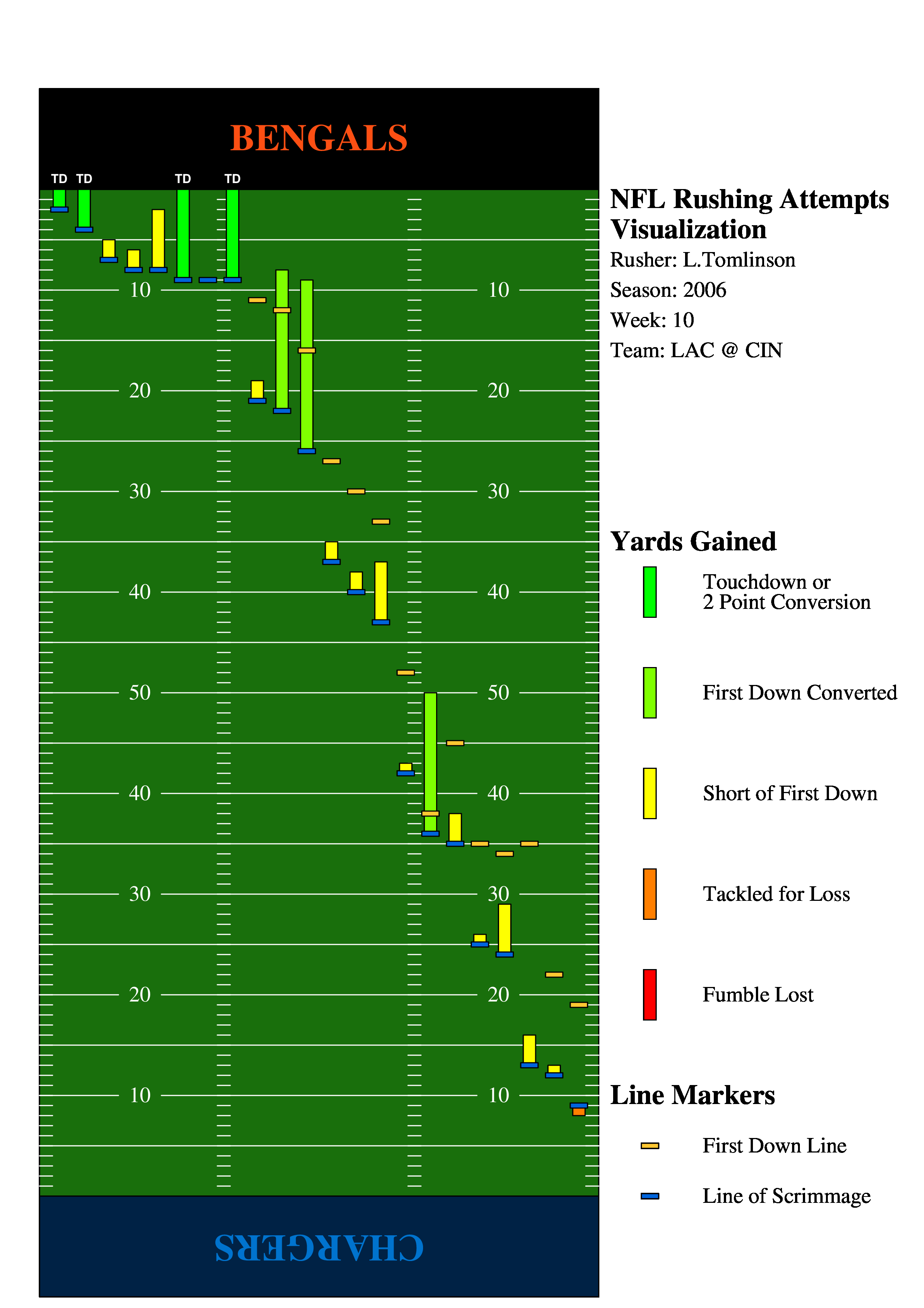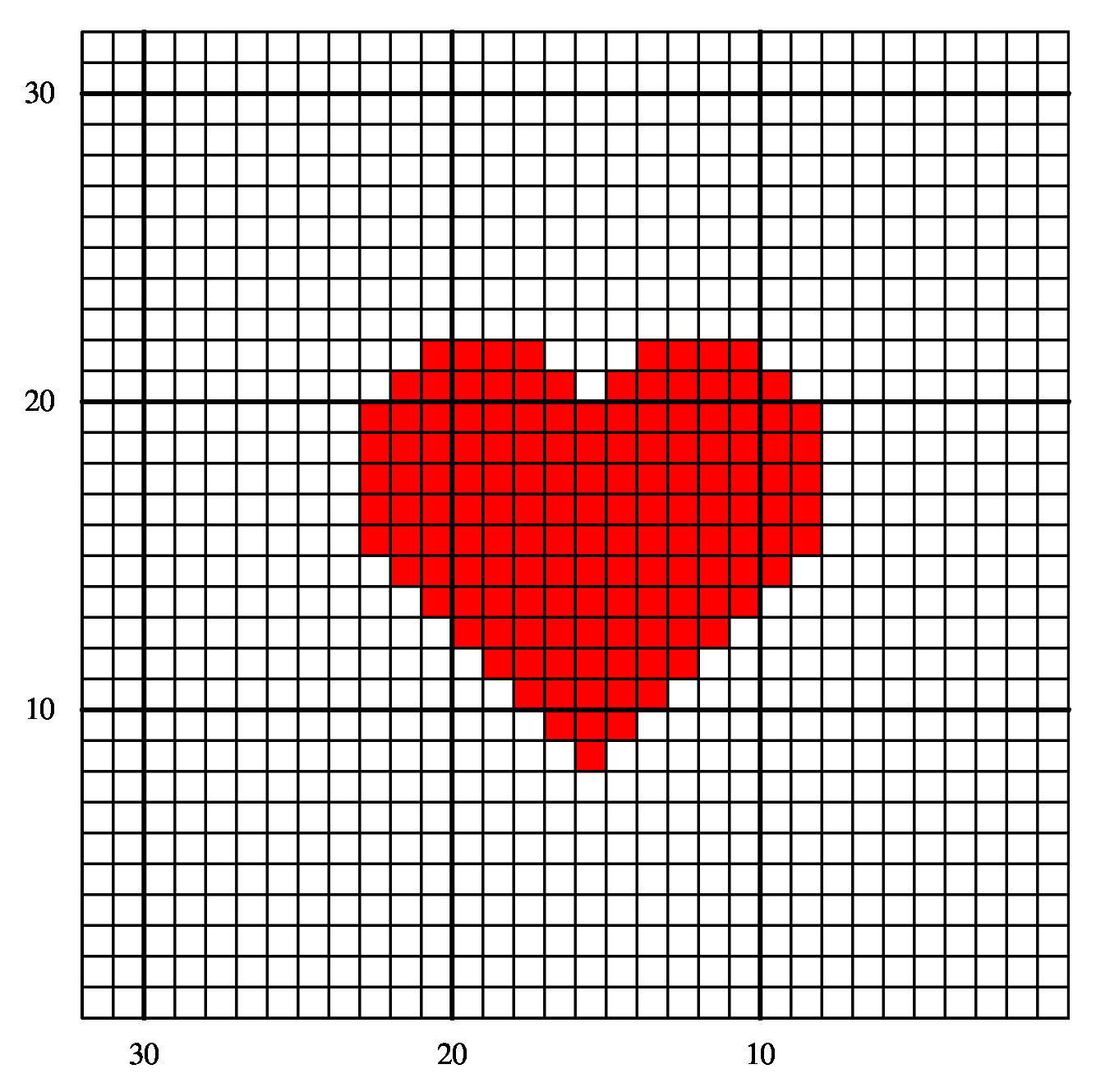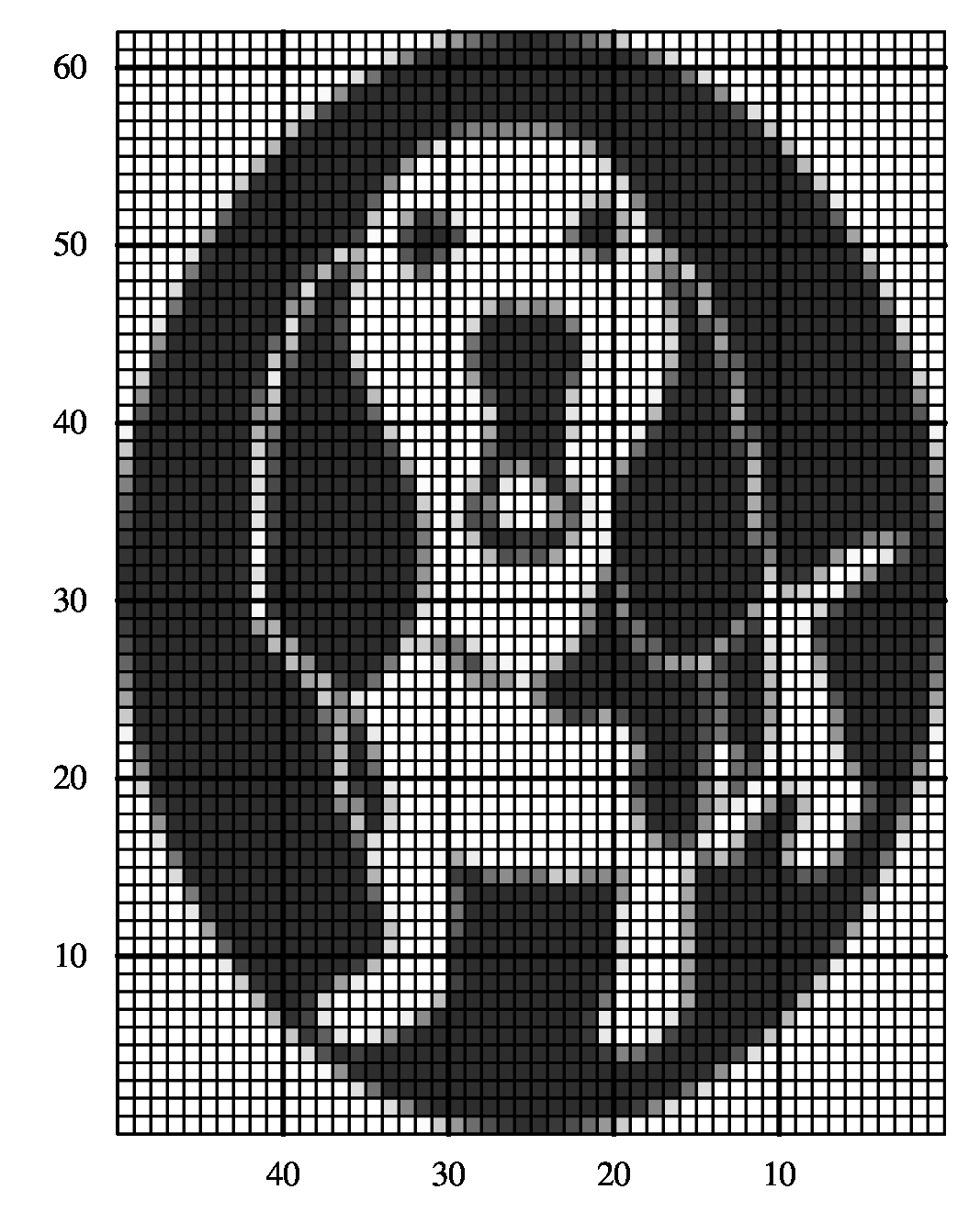
|

|
 |
 |
 |
 |
 |
Making Sheet Music -- Daniel Mishler -- 2022Daniel defined a format for sheet music, and then wrote a program that generates the jgraph to view the sheet music. Here's the README that defines the format, and his repo is https://github.com/DSMishler/jgraph_music. Below is a list of example sheet music files: And their corresponding output files: To the right is a picture of "America the beautiful": |
|
Meta-balls -- Dominic Kennedy-- 2022From Domonic: "This program uses ffmpeg, convert, and jgraph to produce a random animation of meta-balls moving along a 2D plane. The program uses the bezier curve functionality in jgraph to render the meta-balls, and ffmpeg to combine individual frames, to generate a fully animated mp4 video."If you're like me, you've never heard of a metaball, so I'll link you to Wikipedia's page on metaballs. Here's the quote from that page: "In computer graphics, metaballs are organic-looking n-dimensional isosurfaces, characterised by their ability to meld together when in close proximity to create single, contiguous objects." To the right is a picture generated by Dominic's program, and in this link has a video. Very cool! His repo is https://github.com/dominicmkennedy/svg-metaballs. |
|